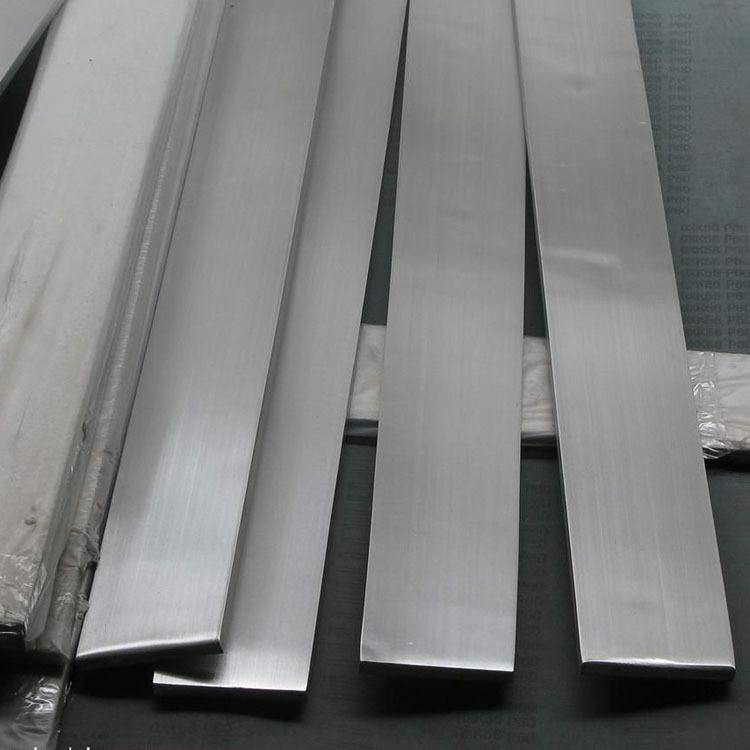Martensitic stainless steel can be welded under annealing, hardening and tempering. No matter what the original state of the steel is, after welding, a hardened martensite zone will be produced near the weld bead. The hardness of the heat affected zone is mainly Depending on the carbon content of the base metal, when the hardness increases, the toughness decreases, and this area becomes more prone to cracking, preheating, and controlling the interlayer temperature. It is the most effective method to avoid cracking. The nature of the product requires heat treatment after welding.
Martensitic stainless steel is a type of stainless steel whose performance can be adjusted by heat treatment (quenching, tempering), in general, it is a type of hardenable stainless steel. This characteristic determines that this type of steel must have two basic conditions: first, there must be an austenite phase zone in the equilibrium phase diagram, and heating for a long time in the temperature range of this zone, so that the carbide is dissolved into the steel After that, it is quenched to form martensite, that is, the chemical composition must be controlled in the γ or γ+α phase region. The second is to make the alloy form a passivation film resistant to corrosion and oxidation, and the chromium content must be above 10.5%. According to the difference of alloy elements, it can be divided into martensitic chromium stainless steel and martensitic chromium nickel stainless steel.
The main alloying elements of martensitic chromium stainless steel are iron, chromium and carbon. If Cr is greater than 13%, there is no γ phase. Such alloys are single-phase ferrite alloys, and martensite cannot be produced under any heat treatment system. To this end, austenitic forming elements must be added to the inner Fe-Cr binary alloy, to expand, C and N are effective elements. The addition of C and N elements allows the alloy to allow higher chromium content.

Copyright © 2019 East King Steel (Guangdong) Co., Ltd. | All Rights Reserved
We are here to help you! If you close the chatbox, you will automatically receive a response from us via email. Please be sure to leave your contact details so that we can better assist